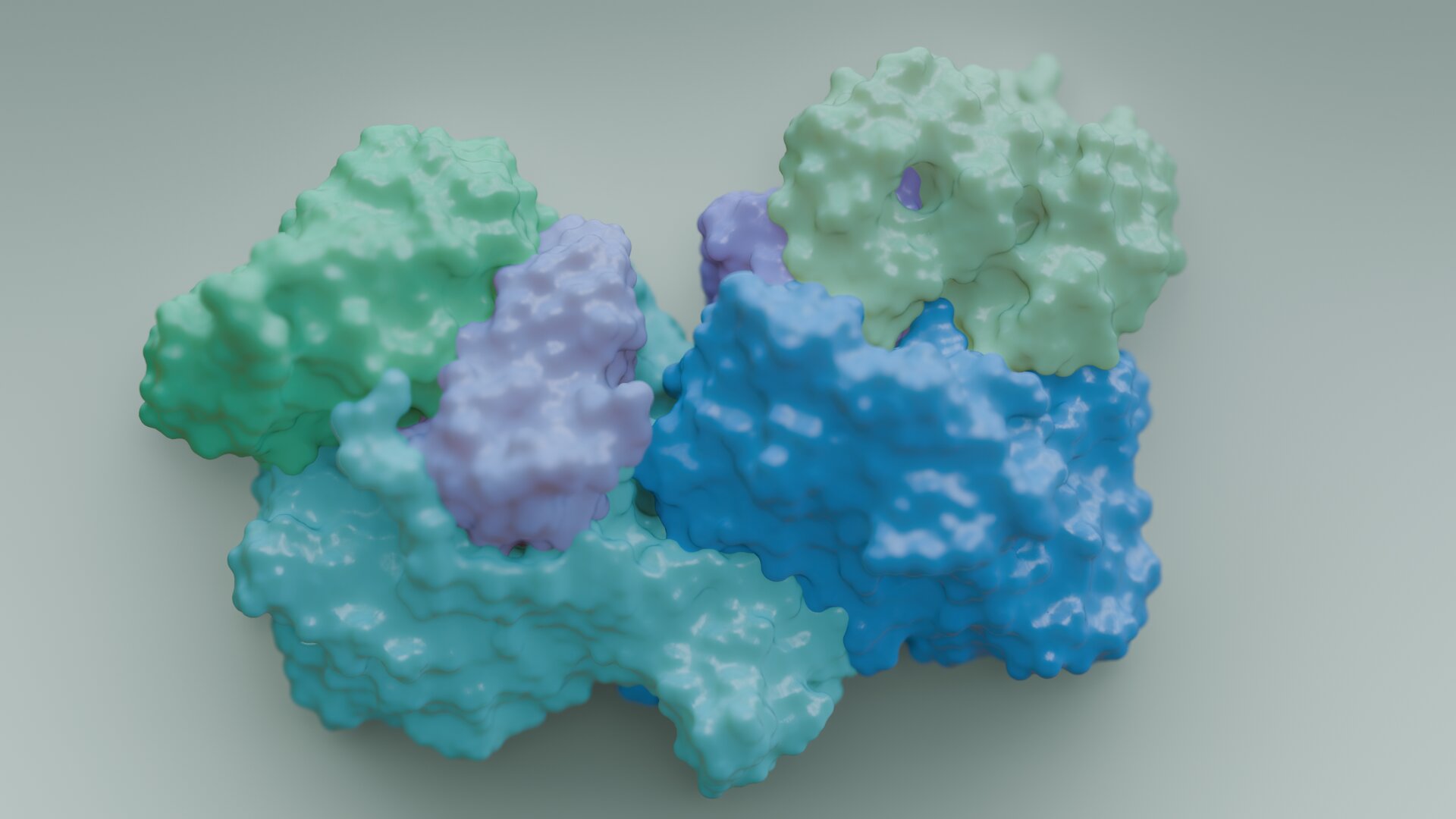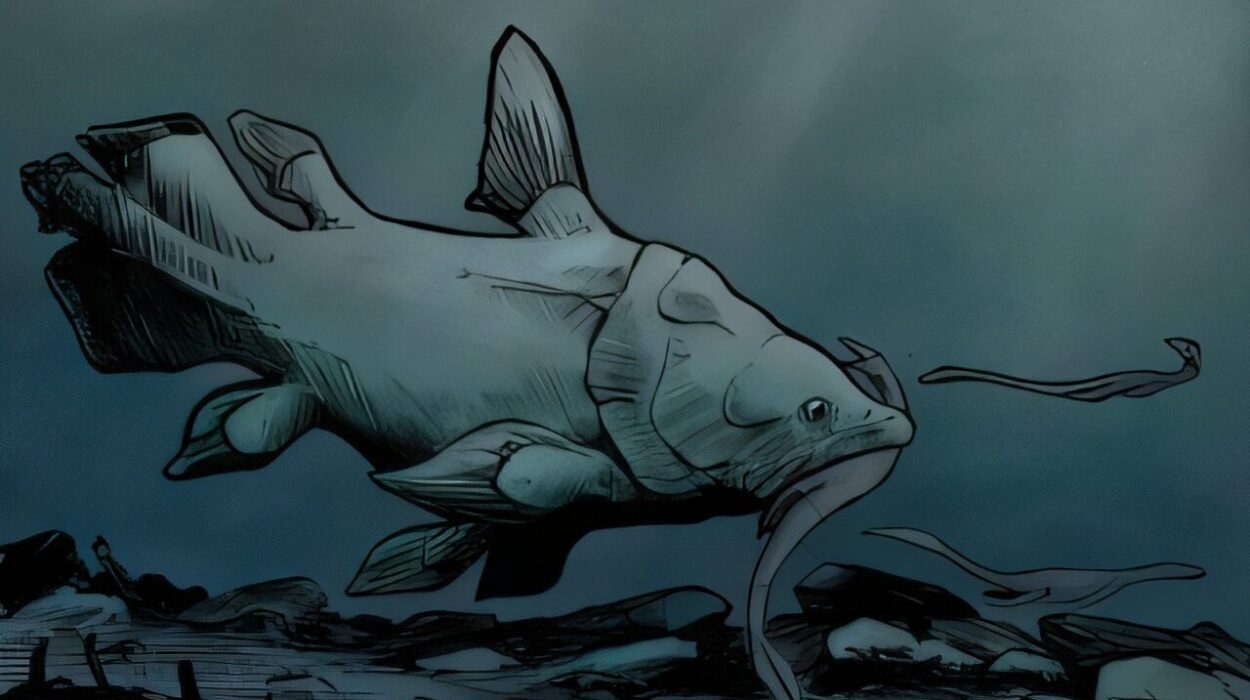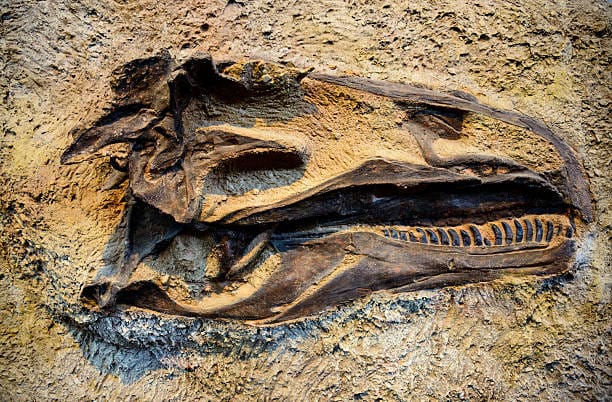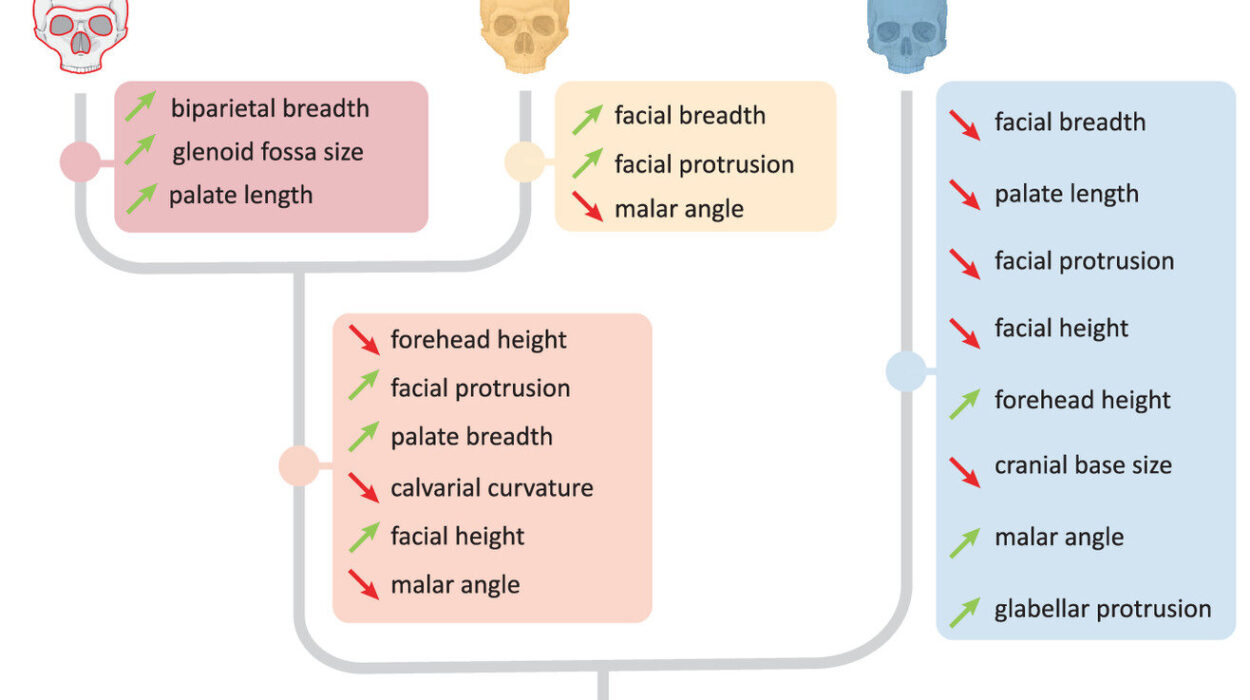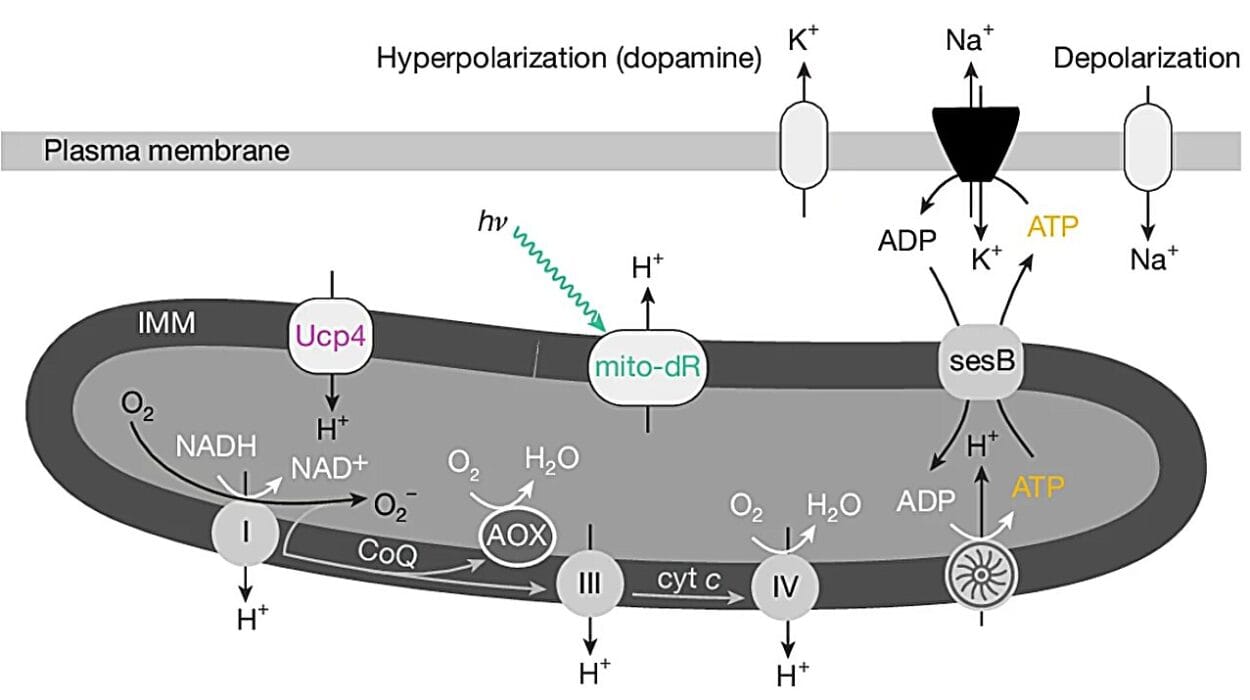Researchers from Monash University have uncovered groundbreaking information about how certain microbes play a crucial role in reducing levels of carbon monoxide (CO), a toxic gas present in our atmosphere. This discovery could have significant implications for our understanding of environmental health and how life on Earth helps mitigate some of the dangers of air pollution.
The Role of Microbes in Reducing Carbon Monoxide
Every year, over two billion metric tons of carbon monoxide are released into the atmosphere globally. While CO is a naturally occurring gas, it is also produced by human activities, such as industrial processes, vehicle emissions, and the burning of fossil fuels. Given that CO is highly toxic, especially in large quantities, it can pose serious health risks to humans and animals by impairing the body’s ability to carry oxygen. However, microbes have evolved to help mitigate the dangers of CO by consuming and converting this gas into less harmful substances.
The Monash University-led study, recently published in Nature Chemical Biology, has revealed fascinating insights into how microbes consume carbon monoxide. According to the research, these microbes use a specialized enzyme called CO dehydrogenase to extract energy from CO, allowing them to survive and thrive in environments where CO is present. This enzyme acts like a biochemical “machine,” breaking down the toxic gas and enabling the microbes to convert it into usable energy, which powers their cellular functions.
How the Discovery Was Made
The study’s co-first author, Ashleigh Kropp, from the Monash Biomedicine Discovery Institute (BDI) and the University of Melbourne, explained that this research represents the first time scientists have been able to examine in detail how the CO dehydrogenase enzyme works at an atomic level. By understanding how the enzyme functions, researchers were able to uncover the precise mechanism by which microbes extract energy from atmospheric CO.
“This enzyme is used by trillions of microbes in our soils and waters,” Kropp explained. “These microbes consume CO for their own survival, but in the process, they also help reduce the levels of CO in the atmosphere, inadvertently benefiting humans and the environment.”
The Broader Impact on Environmental Health
CO dehydrogenase is not just a biochemical curiosity—it’s an essential tool in how life on Earth interacts with the atmosphere. Microbes that use this enzyme to consume CO play a crucial role in cleaning up the air, counteracting some of the harmful effects of pollution. Each year, microbes consume about 250 million metric tons of carbon monoxide, significantly reducing the concentration of this dangerous gas in the environment.
Dr. David Gillett, co-first author and a Ph.D. researcher in the Greening Lab at Monash University, highlighted the ingenuity of these microbes. “This is a fantastic example of how life has evolved to turn something toxic into something useful,” Gillett said. “These microbes are actively cleaning our atmosphere and, by doing so, they help reduce air pollution—a major health threat to millions of people worldwide.”
In addition to its toxic effects, carbon monoxide is also an indirect greenhouse gas. While it doesn’t directly contribute to global warming, it plays a role in the formation of other greenhouse gases, such as carbon dioxide and methane. Therefore, reducing CO levels can have a significant impact on mitigating climate change.
Microbial Contributions to Earth’s Health
While the discovery primarily deepens our understanding of how microbes consume CO, it also underscores the broader, often overlooked importance of microbes in regulating the environment. Microbes perform countless essential functions that support both human and planetary health. For example, they contribute to the oxygen we breathe, detoxify various pollutants, and maintain ecological balances that sustain life on Earth.
Professor Chris Greening, co-senior author of the study and head of BDI’s Global Change Program, stressed the importance of microbes in maintaining a healthy planet. “Microbes play countless roles essential for both human and planetary health,” Greening said. “Yet, because they are invisible and often misunderstood, their contributions frequently go unnoticed. This research reminds us that these tiny organisms are key players in Earth’s ecosystems.”
The Crucial Role of Microbes in Keeping the Air Breathable
Ms. Kropp emphasized the importance of understanding the role microbes play in making our air breathable and keeping it free from pollutants like carbon monoxide. “Microbes are a big reason why our air is breathable,” she said. “They make half the oxygen we breathe and help detoxify pollutants like CO. It’s crucial that we better understand how they contribute to our survival and the health of the planet.”
Implications for the Future
While this new discovery may not directly lead to new technologies or methods for combating CO emissions, it adds to the growing body of knowledge about how natural processes regulate the atmosphere. By shedding light on the way microbes break down and consume carbon monoxide, this research may eventually inspire future solutions for tackling environmental pollution and climate change.
Understanding the complex relationship between microbes and the atmosphere could also help predict how the Earth’s ecosystems will respond to future environmental changes, such as increased levels of air pollution or shifts in climate patterns. As climate change continues to pose a significant global threat, uncovering the mechanisms by which microbes interact with the environment will be crucial for developing strategies to protect the planet.
Conclusion
The Monash University-led research provides a detailed and insightful look at how microbes help regulate carbon monoxide levels in the atmosphere. These microbes play an essential role in keeping our environment safe by converting toxic gases into usable energy, thereby improving air quality and mitigating the harmful effects of pollution. While this discovery may not immediately lead to direct solutions for CO emissions, it deepens our understanding of the natural processes that maintain the health of our atmosphere and highlights the often-underappreciated role of microbes in sustaining life on Earth. Understanding how these tiny organisms contribute to the planet’s well-being is vital for ensuring that we can continue to live in a safe, breathable environment for generations to come.
Reference: Kropp, A., et al. Quinone extraction drives atmospheric carbon monoxide oxidation in bacteria, Nature Chemical Biology (2025). DOI: 10.1038/s41589-025-01836-0
